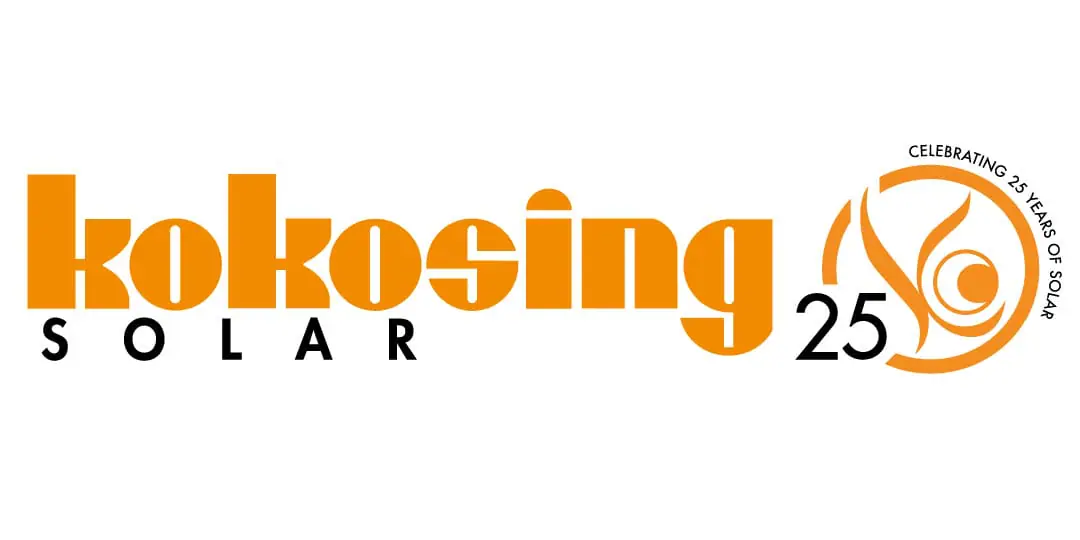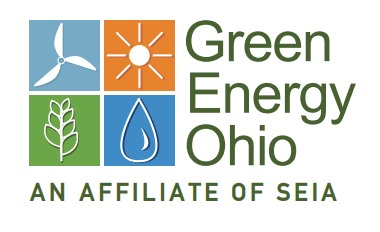Solar energy is on the rise. America has more than three times as much solar photovoltaic capacity today as in 2010, and more than 10 times as much as in 2007. In the first three months of 2013, solar power accounted for nearly half of the new electricity generating capacity in the United States. The price of solar energy is falling rapidly, and each year tens of thousands of additional Americans begin to reap the benefits of clean energy from the sun, generated right on the rooftops of their homes or places of business.
America’s solar energy revolution has been led by 12 states – the “Dazzling Dozen” – that have used public policies to open the door for solar energy and are reaping the rewards as a result.
The Dazzling Dozen states account for only 28 percent of the U.S. population but 85 percent of the nation’s installed solar electricity capacity. These 12 states – Arizona, California, Colorado, Delaware, Hawaii, Maryland, Massachusetts, Nevada, New Jersey, New Mexico, North Carolina and Vermont – possess strong policies that are enabling increasing numbers of homeowners, businesses, communities and utilities to “go solar.”
The pathway to a solar future laid out by the Dazzling Dozen is open to every state. By following their lead and implementing a new wave of public policies to expand access to solar energy, the United States can work toward the goal of getting at least 10 percent of our energy from the sun by 2030.
- Solar energy is good for the environment, consumers and the economy.
- Solar photovoltaics (PV) produce 96 percent less global warming pollution per unit of energy than coal-fired power plants over their entire life cycle, and 91 percent less global warming pollution than natural gas-fired power plants.
- Solar energy benefits consumers by reducing the need for expensive investments in long-distance transmission lines.
- Solar energy can lower electricity costs by providing power at times of peak demand.
- Solar energy costs are falling rapidly. The cost of installed solar energy systems fell by 27 percent during 2012, on top of a 20 percent decline between the beginning of 2010 and the end of 2011.
Solar energy creates local clean energy jobs that can’t be outsourced. More than 119,000 people currently work in America’s solar energy industry, most of them in jobs such as installation that are located in close proximity to the places where solar panels are installed.
Solar energy is on the rise – especially in states that have adopted strong public policies to encourage solar power.
- The amount of solar photovoltaic capacity in the United States has increased more than tenfold in the last six years.
- America’s solar energy revolution is being led by 12 states – the Dazzling Dozen – which have the highest per-capita solar electricity capacity* in the nation. These 12 states – Arizona, Nevada, Hawaii, New Jersey, New Mexico, California, Delaware, Colorado, Vermont, Massachusetts, North Carolina and Maryland – account for 28 percent of the U.S. population and 21 percent of U.S. electricity consumption, but 85 percent of total U.S. solar electricity capacity and 87 percent of the solar photovoltaic capacity installed in 20
America’s leading solar states have adopted strong policies to encourage homeowners and businesses to “go solar.” Among the Dazzling Dozen states:
• 11 of the 12 have strong net metering policies. In nearly all of these states, consumers are compensated at the full retail rate for the excess electricity they supply to the grid. Net metering ensures that consumers receive reliable and fair compensation for the excess electricity they provide to the grid.
• 10 of the 12 have strong statewide interconnection policies. Good interconnection policies reduce the time and hassle required for individuals and companies to connect solar energy systems to the grid.
• 11 of the 12 have renewable electricity standards that set minimum requirements for the share of a utility’s electricity that must come from renewable sources, and 9 of them have solar carve-outs that set specific targets for solar or other forms of clean, distributed electricity.
• The vast majority of the states allow for creative financing options such as third-party power purchase agreements and property assessed clean energy (PACE) financing.
• States in the Dazzling Dozen are far more likely to have each of these key solar policies in place than other states, reinforcing the conclusion of U.S. Department of Energy research linking the presence of key solar policies to increases in solar energy deployment.
Strong public policies at every level of government can help unlock America’s potential for clean solar energy. To achieve America’s full solar potential:
- Local governments should adopt policies guaranteeing homeowners and businesses the right to generate power from the sunlight that strikes their properties and (where permitted) implement property-assessed clean energy (PACE) financing programs to expand access to solar energy.
- Local governments with municipal utilities should promote solar energy by providing financial incentives – such as feed-in-tariffs – to customers and investing in community-scale and utility-scale solar projects. In addition, local governments should adopt solar-friendly zoning rules and streamlined permitting procedures to eliminate red tape and make it easier and cheaper for Americans to “go solar.”
- State governments should set ambitious goals for solar energy and adopt policies to meet them. State governments should also use their role as the primary regulators of electric utilities to encourage utility investments in solar energy, implement rate structures that maximize the benefits of solar energy to consumers, and support smart investments to move toward a more intelligent electric grid in which distributed sources of energy such as solar power play a larger role.
- The federal government should continue key tax credits for solar energy, encourage responsible development of prime solar resources on public lands in the American West, and support research, development and deployment efforts designed to reduce the cost of solar energy and smooth the incorporation of large amounts of solar energy into the electric grid.
- All levels of government should lead by example by installing solar energy technologies on government buildings.









